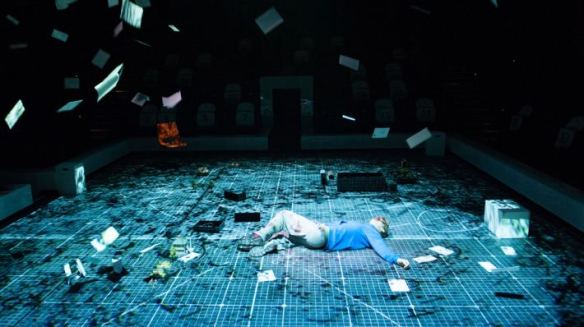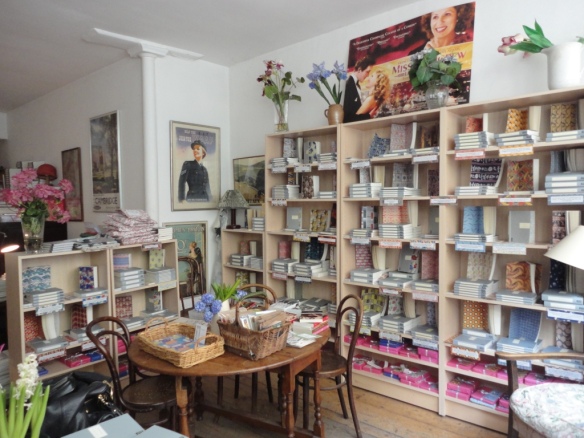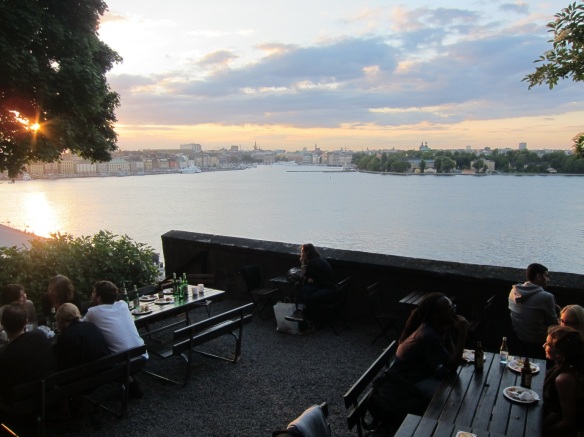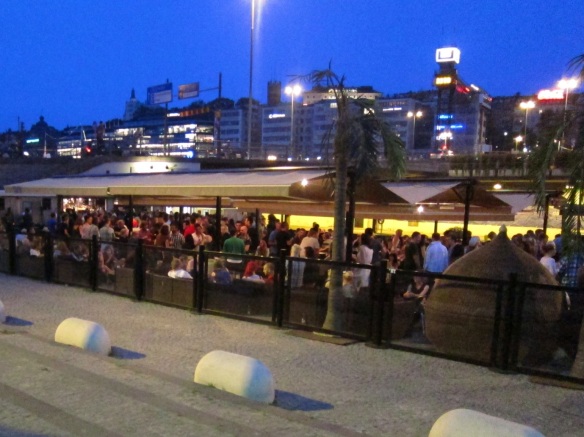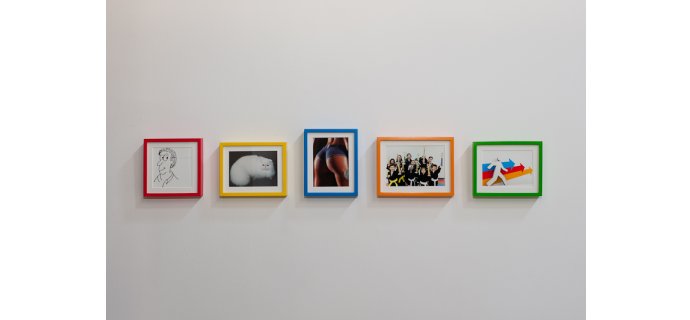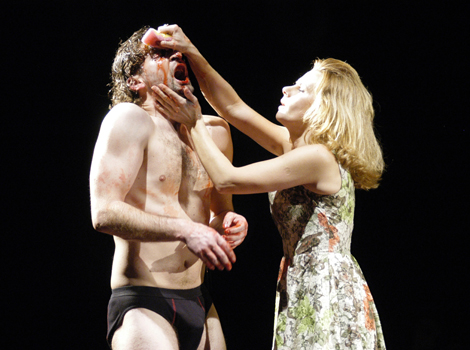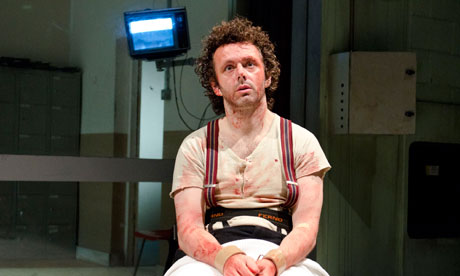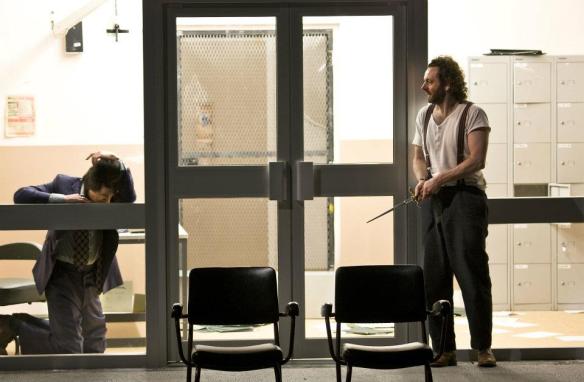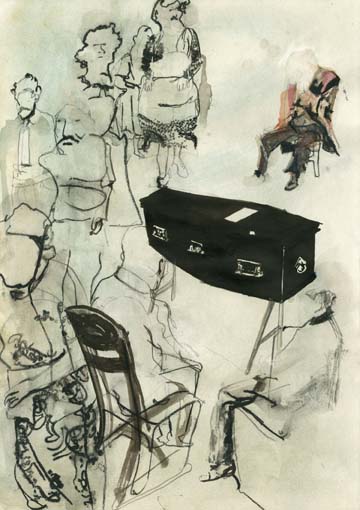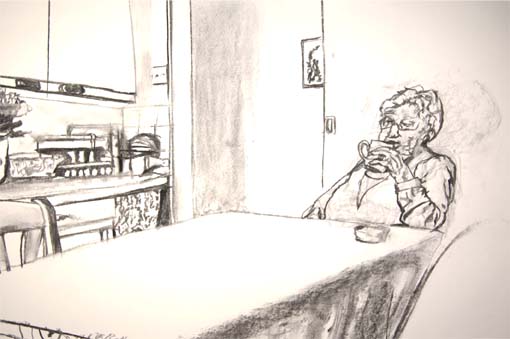 With over two hundred works spanning across painting, sculpture, furniture and wallpaper, the Pre-Raphaelite exhibition at Tate Britain is something to contend with. The group of artists, writers and poets are frequently associated with their personification of beauty but here the curators are arguing that the brotherhood were also radicals, innovative inventors that led the first British modern art movement. Although the stunning red headed women that frequent the canvases are present throughout, the exhibition is split into additional themes including Nature, Salvation and Mythology.
With over two hundred works spanning across painting, sculpture, furniture and wallpaper, the Pre-Raphaelite exhibition at Tate Britain is something to contend with. The group of artists, writers and poets are frequently associated with their personification of beauty but here the curators are arguing that the brotherhood were also radicals, innovative inventors that led the first British modern art movement. Although the stunning red headed women that frequent the canvases are present throughout, the exhibition is split into additional themes including Nature, Salvation and Mythology.
It is an ambitious exhibition. For one thing, the Pre-Raphaelite exhibition includes all of the popular and expected paintings from Rossetti’s women, Millais’ Ophelia to the dying body of the suicidal Chatterton by Henry Wallis. These paintings are, to me, beauty in its purest form but they are also over-familiar. They’re the images of tortured souls that grace the pages of Victorian poetry books and classic novels. It’s a challenge to argue that this densely emotional, passionate aesthetic is the work of proto-modernists.
 However, the Pre-Raphaelites were painting at the same time as Karl Marx was writing. In 1848, when the brotherhood formed, Marx and Friedrich Engels has published the Communist Manifesto. It might be a little far fetched to suggest the group were modern artists, but they did share revolutionary ideals. They made pyscho-drama of Victorian society and mocked the hypocrisy of the age. Their blatant approach to female sexuality was forward thinking. Millais’ 1851 painting of Mariana shows a woman locked in the Vicarage and longing for something far more satisfying.
However, the Pre-Raphaelites were painting at the same time as Karl Marx was writing. In 1848, when the brotherhood formed, Marx and Friedrich Engels has published the Communist Manifesto. It might be a little far fetched to suggest the group were modern artists, but they did share revolutionary ideals. They made pyscho-drama of Victorian society and mocked the hypocrisy of the age. Their blatant approach to female sexuality was forward thinking. Millais’ 1851 painting of Mariana shows a woman locked in the Vicarage and longing for something far more satisfying.
If you’re a fan of the Pre-Raphs, like me, then this exhibition has everything you could want. Not only the popular paintings of torture romantics and bold, suffocating colour, but also a vivid exploration into alleys of though not previously associated with the group. Does it achieve in presenting them as proto-modernists? Perhaps not fully, but it does successfully marry the fictional heartbreaks of Tennyson with the brutal reality of Dickens. It’s excessive, emotive and heavy with the romance only accessible to poets and artists. A collection of images that make physical all that is bitter sweet, ‘a love that moves the sun and the other stars’.


